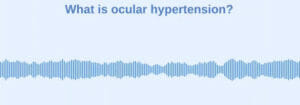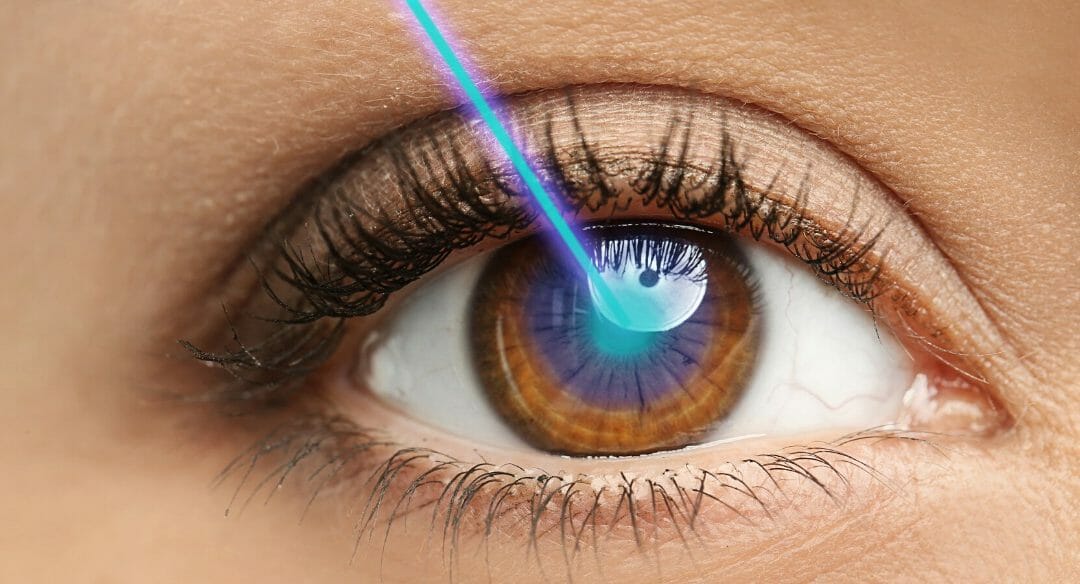High blood pressure in the eyes is a common health issue affecting 4-6 million people in the United States. The condition can cause damage or loss of vision and optic nerves in the eyes. It affects approximately 4%-10% of the elderly. Ocular hypertension can be diagnosed by a physician using a variety of tests. High blood pressure in the eyes can cause serious damage to the eyes, especially if it is accompanied by visual field loss.
Diagnosing High Blood Pressure in Eyes
The only way to diagnose this condition is with a thorough eye exam. This condition has no obvious symptoms. The eye doctor will check intraocular pressure to determine whether a patient has ocular hypertension. The normal range of intraocular pressure is between 12 and 21mmHg. If intraocular pressure is higher, the patient should seek immediate treatment. To treat this condition, the patient must take the prescribed medication. The patient should always follow the doctor’s recommendations and be sure to continue treatment as needed.
Measuring High Blood Pressure in the Eyes with an Ultrasound
Eye doctors may also use ultrasound to measure intraocularpressure in the eyes. The doctor uses a special contact lenses to measure intraocular tension. The doctor also looks at the drainage angles and channels in the eye to see if they are clogged with lipids. The doctor can also monitor any signs or symptoms to determine if it’s getting worse.
A comprehensive eye examination and visual field test can diagnose ocular hypertension. The doctor may recommend surgery to lower the eye’s pressure. The surgery allows excess aqueous to drain from the eye by creating an outlet. The surgeon can use laser or traditional surgical methods. The doctor can begin to lower the ocular tension once the pressure has been decreased. In some cases, the patient may not even need surgery.
There are many factors that can increase an individual’s IOP. Certain diseases, aging, medications, and other factors may increase the risk for ocular hypertension. Other factors include race, age over 40 and family history. Ocular hypertension can only be diagnosed by a visual field exam. Regular visits to an eye doctor are crucial for early detection. Ocular hypertension may be indicated if the pressure is high.
Ocular hypertension patients should visit their eye doctor on a regular basis to ensure that they are not suffering from the condition. Depending on the severity of the condition, a doctor may prescribe a medication to treat the symptoms. If there is no other cause, the patient should be evaluated for glaucoma. Side effects are possible with certain medications. Your eye doctor will regularly check your IOP. If your IOP is high, treatment will be tailored to meet your individual needs.
on a regular basis to ensure that they are not suffering from the condition. Depending on the severity of the condition, a doctor may prescribe a medication to treat the symptoms. If there is no other cause, the patient should be evaluated for glaucoma. Side effects are possible with certain medications. Your eye doctor will regularly check your IOP. If your IOP is high, treatment will be tailored to meet your individual needs.
Those with ocular hypertension should have their intraocular pressure regularly monitored. It should be between twenty-two and thirty-three millimeters Hg. The patient should continue to have visual field testing and an optic nerve exam every six months. Ocular hypertension is a condition that can irreversibly damage the optic nerve. If it’s not obvious, it could indicate a more serious problem.
If you have been diagnosed as having ocular hypertension, you should see your eye doctor right away. You could be at risk of developing glaucoma if you don’t visit your doctor immediately. This condition can be treated with eye drops. Eye pain should be reported to a professional immediately. If your intraocular Pressure is high, you may need a specialist at least twice per year.
High blood pressure in the eyes as a Result of Eye Trauma
Ocular hypertension can be a common complication after eye trauma. It can be asymptomatic or can develop slowly over time. Glaucoma is possible. For your eyes to be healthy, it is important to see an eye doctor on a regular basis. Ocular hypertension is a serious condition that can lead to blindness and increased risk of glaucoma. Your eye doctor can recommend medications to lower your intraocular tension if you have this condition.
Ocular hypertension can cause blurred vision, redness, and visual loss. An increase in intraocular pressure can also lead to blindness. Glaucoma can develop if it is not treated. Ocular hypertension isn’t usually fatal. Many people with the condition have no symptoms and do not require treatment. An eye doctor can monitor the condition in order to determine the cause of the ocular deterioration.




